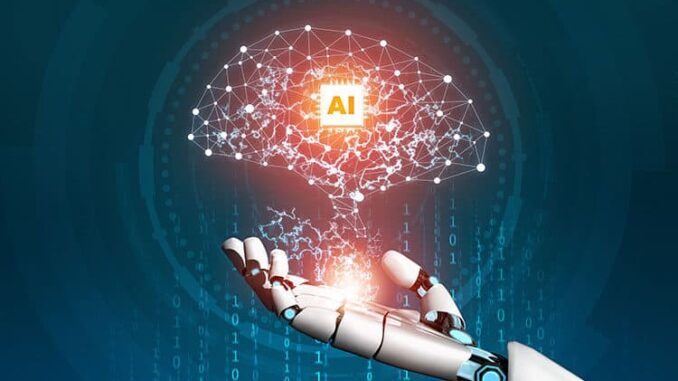
Cloud computing and AI as a Service (AIaaS) are transformative technologies that have reshaped how businesses and individuals access computing power and artificial intelligence capabilities. Below is an overview of both concepts.
### Cloud Computing *Definition:** Cloud computing refers to the delivery of various computing services over the internet, including servers, storage, databases, networking, software, analytics, and intelligence. It allows organizations to access technology resources as needed without substantial investment in physical infrastructure.









**Key Characteristics:**
– **On-Demand Self-Service:** Users can provision resources automatically without requiring human interaction with service providers.
– **Broad Network Access:** Services are accessible over the network and can be accessed through various devices (e.g., smartphones, tablets, laptops).
– **Resource Pooling:** Computing resources are pooled to serve multiple users dynamically, with resources being dynamically assigned and reassigned according to demand.
– **Rapid Elasticity:** Resources can be scaled up or down quickly to meet changing needs.
– **Measured Service:** Resource usage can be monitored, controlled, and reported, providing transparency for both the provider and consumer.
**Deployment Models:**
1. **Public Cloud:** Services offered over the public internet; accessible to anyone.
2. **Private Cloud:** Services maintained on a private network for a single organization, enhancing security and control.
3. **Hybrid Cloud:** A combination of public and private clouds, allowing for data and applications to be shared between them.
**Service Models:**
– **Infrastructure as a Service (IaaS):** Provides virtualized computing resources over the internet.
– **Platform as a Service (PaaS):** Offers hardware and software tools over the internet to help developers build and deploy applications.
– **Software as a Service (SaaS):** Delivers software applications over the internet, on a subscription basis.
### AI as a Service (AIaaS)
**Definition:** AI as a Service refers to the provision of artificial intelligence capabilities through cloud services, enabling businesses of all sizes to integrate AI into their operations without the need for significant investment in data science expertise, infrastructure, or technology.
**Key Features:**
– **Accessibility:** Enables organizations to access sophisticated AI algorithms and tools easily.
– **Cost-Effective:** Reduces the costs associated with developing AI technology in-house.
– **Scalability:** Depending on the cloud provider, businesses can scale their usage of AI tools up or down based on demand.
– **Interoperability:** AIaaS solutions can often be integrated easily with existing applications and systems.
**Common Use Cases:**
– **Natural Language Processing (NLP):** Chatbots, sentiment analysis, and language translation.
– **Machine Learning (ML):** Predictive analytics, recommendation systems, and customer segmentation.
– **Computer Vision:** Image recognition, facial recognition, and image classification.
– **Robotics Process Automation (RPA):** Automating repetitive tasks in business processes.
**Popular Providers:**
1. **Amazon Web Services (AWS):** Offers services like Amazon SageMaker for machine learning.
2. **Microsoft Azure:** Provides Azure Machine Learning and other AI services.
3. **Google Cloud Platform (GCP):** Features tools like AutoML and AI Platform.
4. **IBM Watson:** Specializes in natural language processing and various AI services.
### Benefits of Cloud Computing and AIaaS
– **Agility:** Faster deployment of applications and services.
– **Innovative Capabilities:** Easier access to advanced technologies, fostering innovation.
– **Focus on Core Business:** Companies can focus on their core competencies instead of infrastructure maintenance.
– **Data-Driven Insights:** Enhanced ability to analyze and process large datasets for better decision-making.
### Challenges
– **Security and Privacy:** Concerns about data breaches and loss of control over sensitive data.
– **Dependency on Providers:** Reliance on third-party providers for critical business functions.
– **Integration Issues:** Challenges in integrating AIaaS solutions with legacy systems.
### Conclusion
Cloud computing and AIaaS provide organizations with powerful tools to enhance their efficiency, facilitate innovation, and drive business growth. By leveraging these technologies, businesses can not only enhance operational capabilities but also gain a competitive edge in an increasingly data-driven world.

Leave a Reply